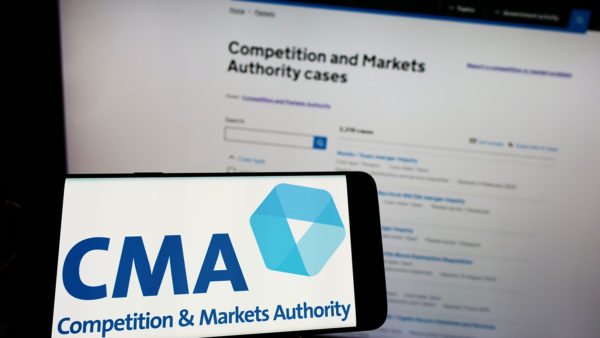
A lack of information provided by buildings’ owners has slowed access to government funding for remediation of non-ACM cladding on buildings, the building safety minister has told MPs.
Clive Betts, chair of the Housing, Communities and Local Government Committee, asked Lord Stephen Greenhalgh why, out of £1bn allocated by the government for the removal of dangerous non-ACM cladding on residential buildings over 18m, only £160m worth of claims had yet been validated.
Lord Greehalgh replied: "There has been some issue around the quality of the information provided. Over 1,000 applications had no basic information to assess eligibility and 332 had insufficient information. One of the brakes on being able to put the funding in place is not having enough information or no basic information at all."
However, he added that there was still time for applicants to provide the correct information.
The government announced a new £1bn Non-ACM Cladding Systems Remediation Fund in the Budget on 11 March 2020, to fund the remediation of unsafe non-ACM cladding systems, including certain types of other metal composite or high-pressure laminate panels on high-rise residential buildings.
Meanwhile, Lord Greenhalgh said the government expected between 87% to 95% of in-scope buildings above 18m identified as being clad with dangerous ACM cladding to be remediated by the first quarter of 2022. Lord Greenhalgh said progress was slower than the government’s "ambition" to have all buildings with ACM cladding remediated by the end of this year but hailed progress amid the challenge of the covid-19 pandemic.
Betts asked if it was time to name and shame building owners that hadn’t got on with remediation, to which Lord Greenhalgh replied that the government already had. Asked if the government had the power to compel them to remediate, Lord Greenhalgh said: "There are powers that are vested in fire and rescue services. There are the article 30 and 31 prohibition notices, but that means decanting residents that are in these buildings. These are powers that shouldn’t be taken lightly. The responsiblity to keep the building safe rests with the building owner."
He added that the Ministry for Housing, Communities and Local Governmet has issued 18 improvement notices, eight hazard awarness notices and five prohibtion orders during the building safety programme and he said: "We will continue to use those sanctions where we need to."
In February this year, the government promised an extra £3.5bn to remove unsafe cladding from buildings above 18m, in addition to the £1.6bn announced last year. The extra money will be paid for by a new tax on the residential property sector from 2022.
But the Chartered Institute of Building (CIOB) warned that the plan was "unacceptable" in its current form as it still placed a "burden" on leaseholders.









